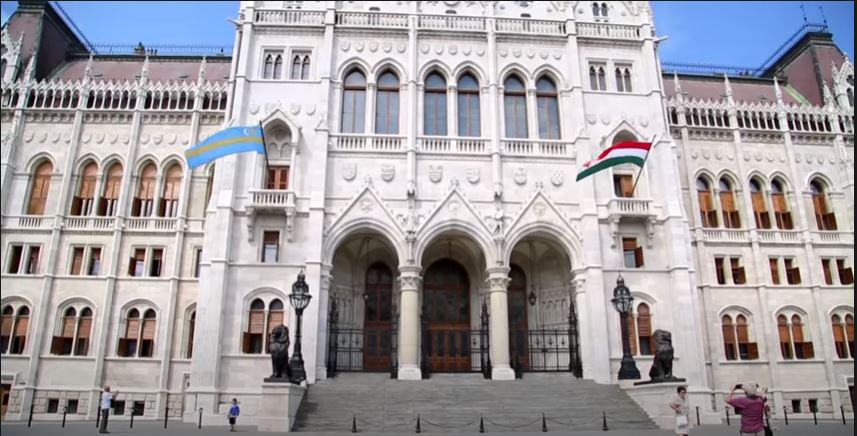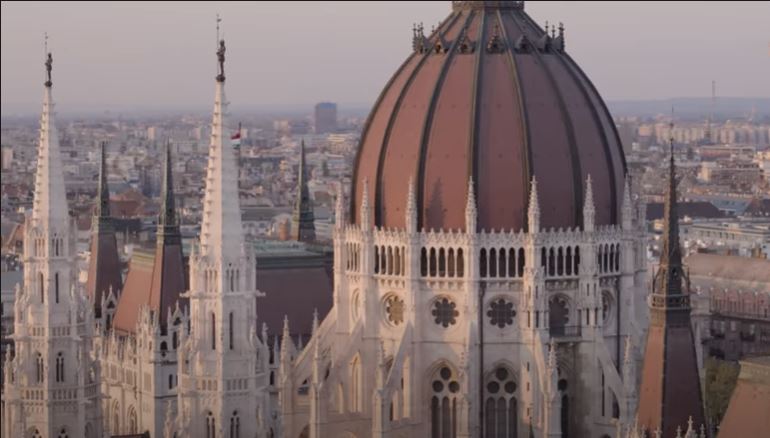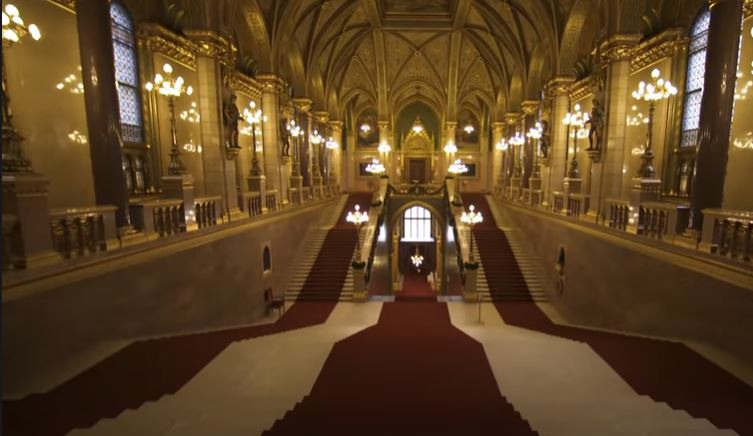Did you know?! – 10 interesting facts about the Hungarian Parliament – PHOTOS

The iconic building of the Hungarian Parliament, located on Kossuth Square along the River Danube, has become one of the most important landmarks of Hungary. The neo-Gothic building is among the most popular tourist attractions in Budapest, amazing us with several exciting legends and stories from which we have collected the most surprising ones. Do not miss them! 😉
3rd largest parliament in the world
Besides being one of the tallest buildings in the Hungarian capital with a height of 96 m, its global significance is not negligible either as Budapest has the third-largest parliament building in the world, following Bucharest and Buenos Aires in the ranking.
History of the location

Few may know that its current location, Kossuth Square – also known as the main square of the nation, was an abandoned area until the middle of the 19th century. This was the time when the development of the formerly called Tömő Square started with the purpose of providing a convenient area for the Parliament Building of Budapest along the River Danube.
Construction
The construction of Hungary’s notable landmark began in 1885, and its completion lasted for 19 years that was quite a rapid progress compared to the technology of that time. The first parliamentary meeting was held in 1902. Unfortunately, the event could not be attended by the Hungarian architect, Imre Steindl, who had passed away a few weeks before the parliament opened in 1902.
Made in Hungary
During the construction, there was an important expectation that Hungarian artisans and manufacturers can use only Hungarian raw materials to construct the Hungarian Parliament. This was realised in all the building elements, except for the eight granite columns on either side of the staircase leading to the dome that were delivered from Sweden.
The hunted lion

Just like in the case of Budapest Chain Bridge, lion statues have an important symbolic significance standing at the two sides of the entrance. However, during World War II, one of them was “hunted down”. If we face the main gate, we can find the original lion statue on the left, created by Béla Markup, while the younger lion was replaced by József Somogyi, following Markup’s patterns.
Former residence
In the past, the building also served as a residence, as its dormitories and rooms were reserved for members of the guard and the local fire brigade.
Like a small town
In the inner part of the building, several services are available, including the post office, ATM, restaurants and even a hairdresser. As Blikk reports, from 1907, in the case of barbers, one of the most important conditions of employment was discretion, as politicians often shared their latest news and rumours with the barber.
Number 96

The height of the 96-meter-high dome has a symbolic meaning that refers to the nation’s millennium, 1896, and the conquest of the later Kingdom of Hungary in 896. In addition, the number of steps of the main staircase to the Dome Hall is also 96. As the Hungarian news portal HellóMagyar reports, another interesting fact is that the building has 365 towers, symbolising the number of days of the year.
Shootings in the Parliament
There were two shootings in the parliament. One of them happened in 1912 when the opposition representative Gyula Kovács fired three times at the then pro-government István Tisza, who was the Speaker of the House. Kovács intended the fourth shot for himself, but in the end, the doctors managed to save him and fortunately, no one was injured. The traces of the shots are still visible in the walls of the Chamber. According to another legend, in 1917, György Palafalvi opened the Wednesday sitting of the House of Representatives with a revolver shot. The soldier later said he had been drinking a lot and was extremely tired when he arrived at the House of Representatives. He fell asleep on the porch and had a dream that Russians were attacking. This was the reason why he reached for his pistol and fired three times in a row. This also turned out, fortunately, without any tragedy.
The golden house

Despite the golden cover of the building’s interior, most of the bottom parts are made of metal plates. Real gold – more than 40 kg – was only built in the upper parts of the building where long-lasting protection is provided, while the more frequently used golden painted metal plates at the bottom parts are constantly being restored.
Source: hellomagyar.hu; blikk.hu






Astonishing masterpiece of Art.
A mixture of Gothic and Renaissance styles, at a time when skyscrapers were build in the US ….